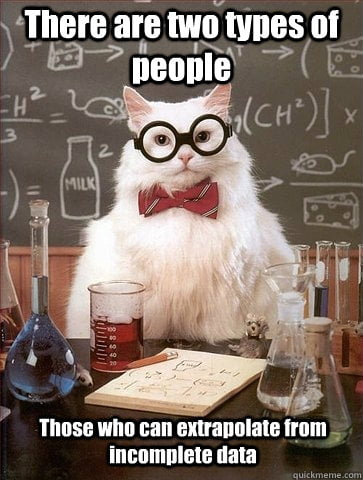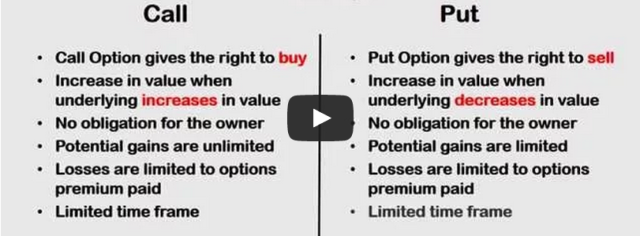In the vast and rich field of finance, there is a lot of usage of financial jargon which can sometimes be very hard to understand for a layman (come on, everyone is not a Warren Buffet material). Not having a knack (I am using easy terms to make you understand) of these financial glossaries gives you that sense of confusion in your mind which leads to haphazard learning.
But here is what I (clearly) discuss with you – the financial jargons that might confuse you.
1.DOWNSIZING V/S LAY-OFF
Both these terms refer to reductions that companies make in the number of employees on the payroll, although the term “layoff” is used more often to refer to temporary displacement while “downsizing” generally has more permanent references.
Prior to the 1980s, these initiatives were generally associated with business cycle downswings, with terminated workers recalled as business conditions improved. Beginning in the 1980s, a greater proportion of terminations resulted from plant and office closures and were, therefore, permanent. Many of these downsizing efforts were intended to make U.S. firms more profitable in the face of intensified global competition and global competency.
2. EXTRAPOLATION V/S INTERPOLATION
Extrapolation the inference of something that is not explicitly stated from existing information and capturing the trend to predict future predicaments and opportunities.
Interpolation is an estimation of a value within two known values in a sequence of values. Interpolation allows us to estimate all the set of data values that fall in between the either sides of the gaps.This is generally denoted by a term called as the Polynomial Interpolation.
3. INVESTMENT V/S TRADING
Investing and trading are two very broad and different methods of making an attempt to gain profit in the financial markets.
The goal of investing is to gradually build wealth over an extended period of time through the buying and holding of a portfolio of stocks, baskets of stocks, mutual funds, bonds and other investment instruments.Investments are held over a larger period of time with the profits being reinvested and re-compounded.
While the textbook or the dictionary definition of trading can be read as the activity of buying and selling of commodities, products and services. as the definition goes, the focus is for a very shorter period of time contrary to the investments. The returns in trading are very much faster than investments that follow the concept of wealth maximisation.
Simply put, the buyer of a call option has a right to buy a certain quantity by a certain date for a certain price (called the strike price, not the CS one though). Here the writer of the call option is obligated to sell the underlying asset to the option holder if the option is exercised. Whereas put option encompasses the concept of selling wherein the buyer has a has the right but is not required, to sell an agreed quantity by a certain date for the strike price.
Here, the seller of the put option is obligated to buy the underlying asset from the option holder if the option is exercised.
So, these were some of the Jargons in the enriching world of Finance that we confuse on. I hope now there is none (at least in these four terms, my bad 4*2=8).
Till then, keep loving Money (Paisa hai to sa hai varna kuch nhi)
*Meant for a purpose*






































